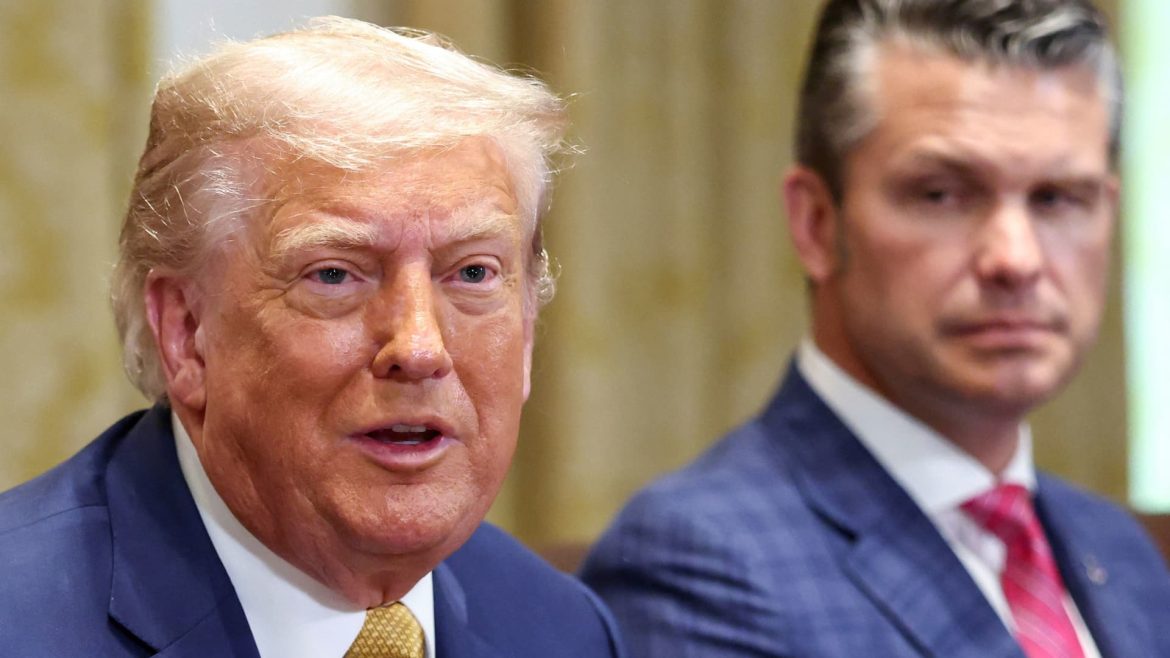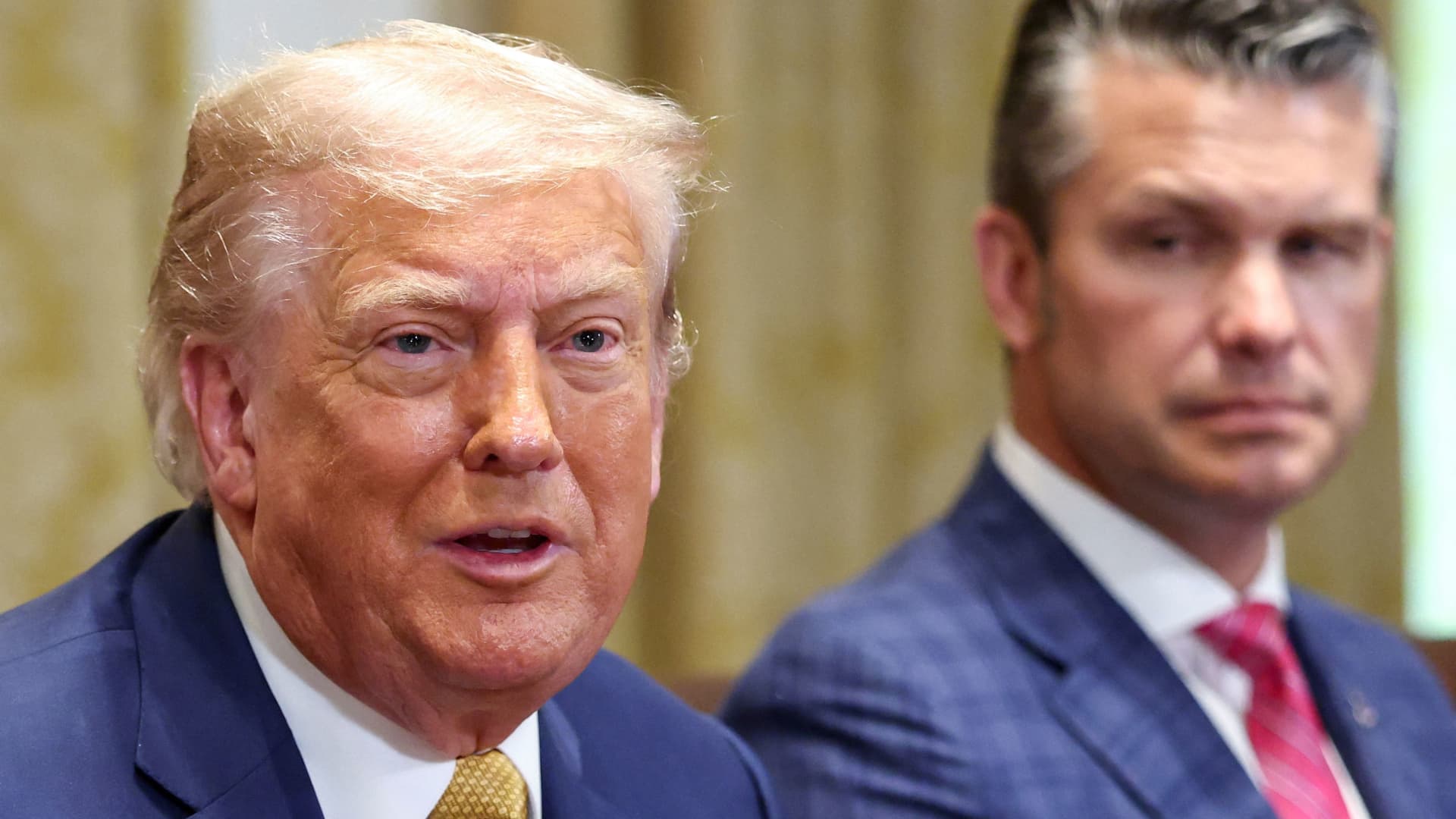The specter of a 200% tariff on pharmaceutical imports, as proposed by former President Donald Trump, has ignited intense debate about the future of the U.S. healthcare system, economic policy, and global trade. While the policy remains speculative, its potential implications are profound, touching on national security, economic stability, and public health. This analysis explores the motivations behind the proposal, its economic consequences, and the broader impact on consumers and the pharmaceutical industry.
Motivations and Rationale
Trump’s proposal to impose a 200% tariff on pharmaceutical imports is rooted in a combination of economic nationalism, national security concerns, and political strategy. The primary stated goal is to incentivize pharmaceutical companies to relocate manufacturing operations to the United States, thereby reducing reliance on foreign supply chains. This aligns with Trump’s broader “America First” agenda, which emphasizes domestic production, job creation, and trade protectionism.
Several key factors appear to drive this policy:
- National Security Concerns: The COVID-19 pandemic exposed critical vulnerabilities in global supply chains, particularly for essential goods like pharmaceuticals. By bringing manufacturing back to the U.S., the government aims to ensure a stable domestic supply of life-saving medications, reducing dependence on foreign producers.
- Economic Nationalism: The policy reflects a broader trend of economic nationalism, where the U.S. prioritizes domestic industries and jobs over global trade. Trump has frequently criticized trade imbalances and used tariffs as a tool to pressure other countries into favorable trade agreements.
- Political Appeal: The promise of bringing back jobs and lowering drug prices is a potent political message. The threat of tariffs can be framed as a decisive action to protect American workers and consumers, appealing to voters concerned about economic security.
Economic Consequences
The economic consequences of a 200% tariff on pharmaceutical imports would be far-reaching and complex, with potential ripple effects across multiple sectors:
- Increased Drug Prices: The most immediate impact would be a significant rise in drug prices for American consumers. Tariffs function as taxes on imports, and these costs are typically passed on to consumers. A 200% tariff could make many essential medications unaffordable for a large portion of the population, particularly those with chronic illnesses or limited insurance coverage.
- Reduced Access to Medications: Higher prices could lead to reduced access to critical medications, exacerbating existing health disparities and leading to poorer health outcomes. This could disproportionately affect low-income individuals and those with inadequate health insurance.
- Drug Shortages: If pharmaceutical companies are unable or unwilling to relocate manufacturing to the U.S. within the specified timeframe, the tariffs could lead to drug shortages. This would be particularly problematic for specialized medications or those with limited suppliers, potentially creating a public health crisis.
- Retaliatory Tariffs: Other countries could retaliate with tariffs on American goods, sparking a trade war that would harm the U.S. economy. This could lead to higher prices for a wide range of consumer goods, further straining household budgets.
- Impact on the Pharmaceutical Industry: While the tariffs are intended to benefit domestic pharmaceutical companies, they could also have unintended consequences. The increased cost of imported ingredients and raw materials could make it more difficult for U.S. companies to compete globally. Additionally, the tariffs could discourage foreign investment in the U.S. pharmaceutical sector, stifling innovation and economic growth.
Impact on Consumers
The average consumer would likely bear the brunt of this policy in several ways:
- Higher Out-of-Pocket Costs: Even insured individuals could face higher out-of-pocket costs for prescription drugs due to increased co-pays and deductibles. This could strain household budgets, forcing families to make difficult choices between medication and other essential expenses.
- Strain on Household Budgets: Increased drug prices could force consumers to cut back on other necessities, such as food, housing, or education. This could have long-term economic consequences, particularly for vulnerable populations.
- Potential Health Risks: Reduced access to medication could lead to poorer health outcomes, including increased hospitalizations and chronic health conditions. This could ultimately increase healthcare costs for everyone, as the burden of uninsured or underinsured individuals falls on the broader healthcare system.
The Pharmaceutical Industry’s Perspective
The pharmaceutical industry is likely to oppose the tariffs, arguing that they would harm consumers, disrupt supply chains, and undermine innovation. Drug manufacturers point to several key concerns:
- Global Supply Chains are Complex: The pharmaceutical industry relies on intricate global supply chains for ingredients, raw materials, and manufacturing. Relocating these operations to the U.S. would be a costly and time-consuming process, potentially disrupting the availability of critical medications.
- Innovation Could Be Stifled: Higher costs and reduced access to foreign markets could stifle innovation in the pharmaceutical industry, leading to fewer new drugs being developed. This could have long-term consequences for public health, as breakthrough treatments and cures may be delayed or never realized.
- Existing Regulations: The industry operates under stringent regulations. Introducing such drastic changes could disrupt the distribution and accessibility of medicines, potentially creating shortages or delays in treatment.
Alternative Approaches
Rather than imposing tariffs, there may be alternative approaches to achieving the goal of strengthening domestic pharmaceutical manufacturing:
- Incentives for Domestic Production: The government could offer tax breaks, subsidies, and other incentives to encourage pharmaceutical companies to manufacture in the U.S. This could be a more effective way to attract investment without disrupting global supply chains.
- Streamlining Regulations: Streamlining the regulatory process for drug approval could make it more attractive for companies to manufacture in the U.S. This could reduce the time and cost associated with bringing new drugs to market, fostering innovation and economic growth.
- Investing in Research and Development: Investing in research and development in the pharmaceutical sector could foster innovation and create high-paying jobs in the U.S. This could be a more sustainable way to strengthen the domestic industry without resorting to protectionist measures.
- Negotiating Trade Agreements: Negotiating trade agreements that promote fair trade practices and protect intellectual property could help to level the playing field for U.S. companies. This could encourage foreign investment and collaboration, fostering a more robust and competitive pharmaceutical industry.
Conclusion: A High-Risk Gamble
Trump’s proposal to impose a 200% tariff on pharmaceutical imports is a high-risk gamble with potentially significant consequences for American consumers, the pharmaceutical industry, and the global economy. While the goal of strengthening domestic manufacturing is laudable, the proposed approach could lead to higher drug prices, reduced access to medications, and a trade war with other countries. A more nuanced and collaborative approach, focusing on incentives, regulatory reform, and international cooperation, may be more effective in achieving the desired outcome without jeopardizing the health and well-being of Americans. The potential for disruption outweighs the purported benefits, making this a policy fraught with peril. It remains to be seen whether this is a negotiating tactic, a serious policy proposal, or simply another instance of impulsive rhetoric, but the uncertainty itself is enough to send shivers through the pharmaceutical supply chain and the wallets of consumers.





